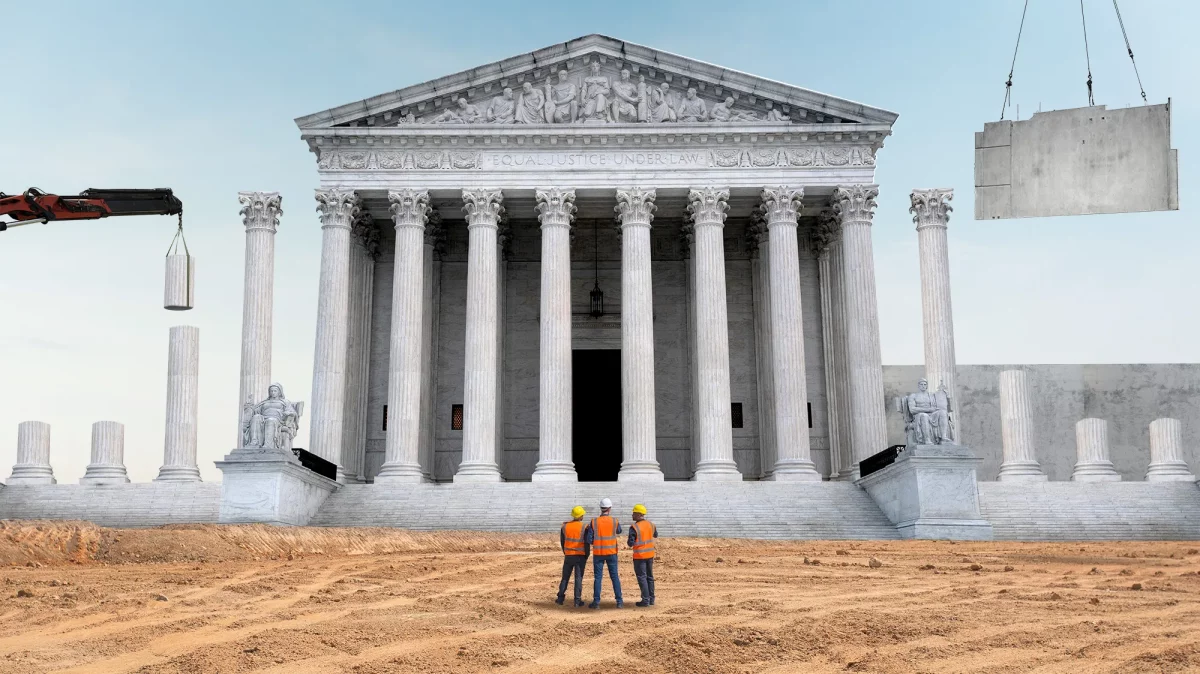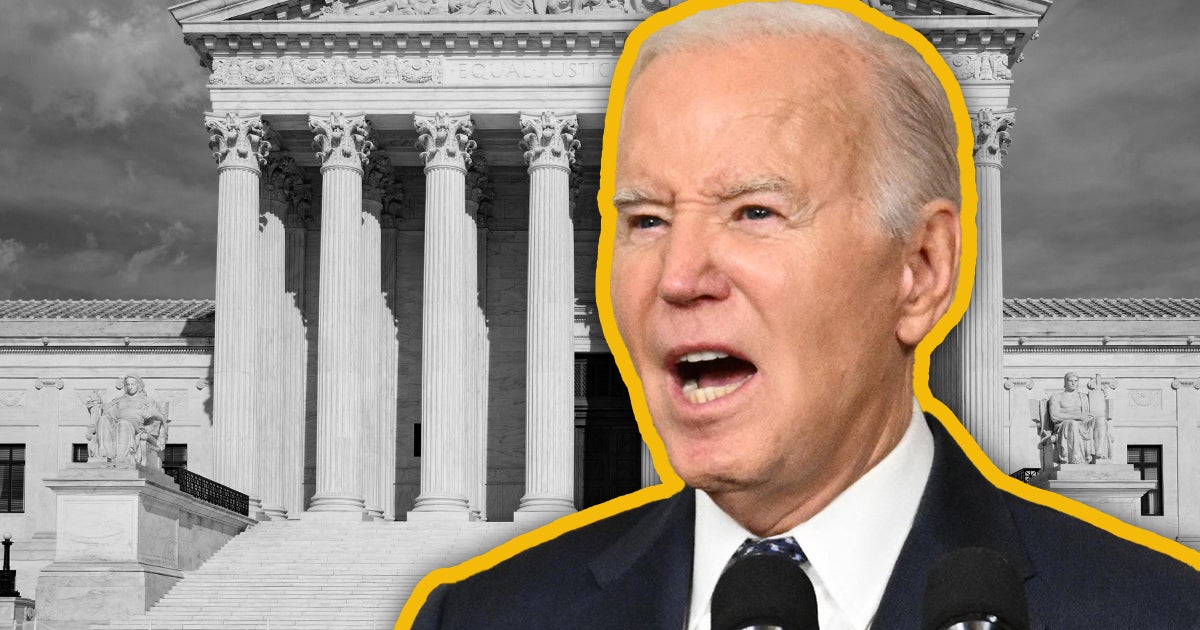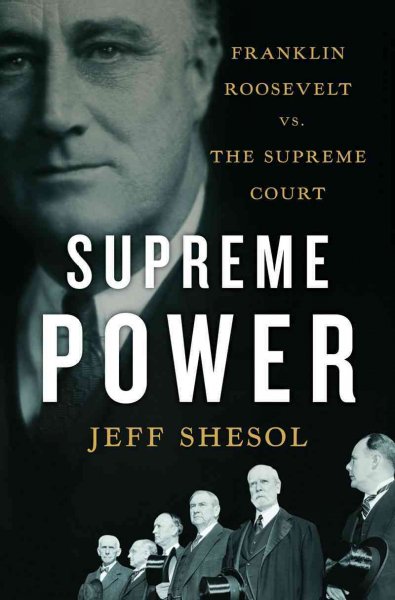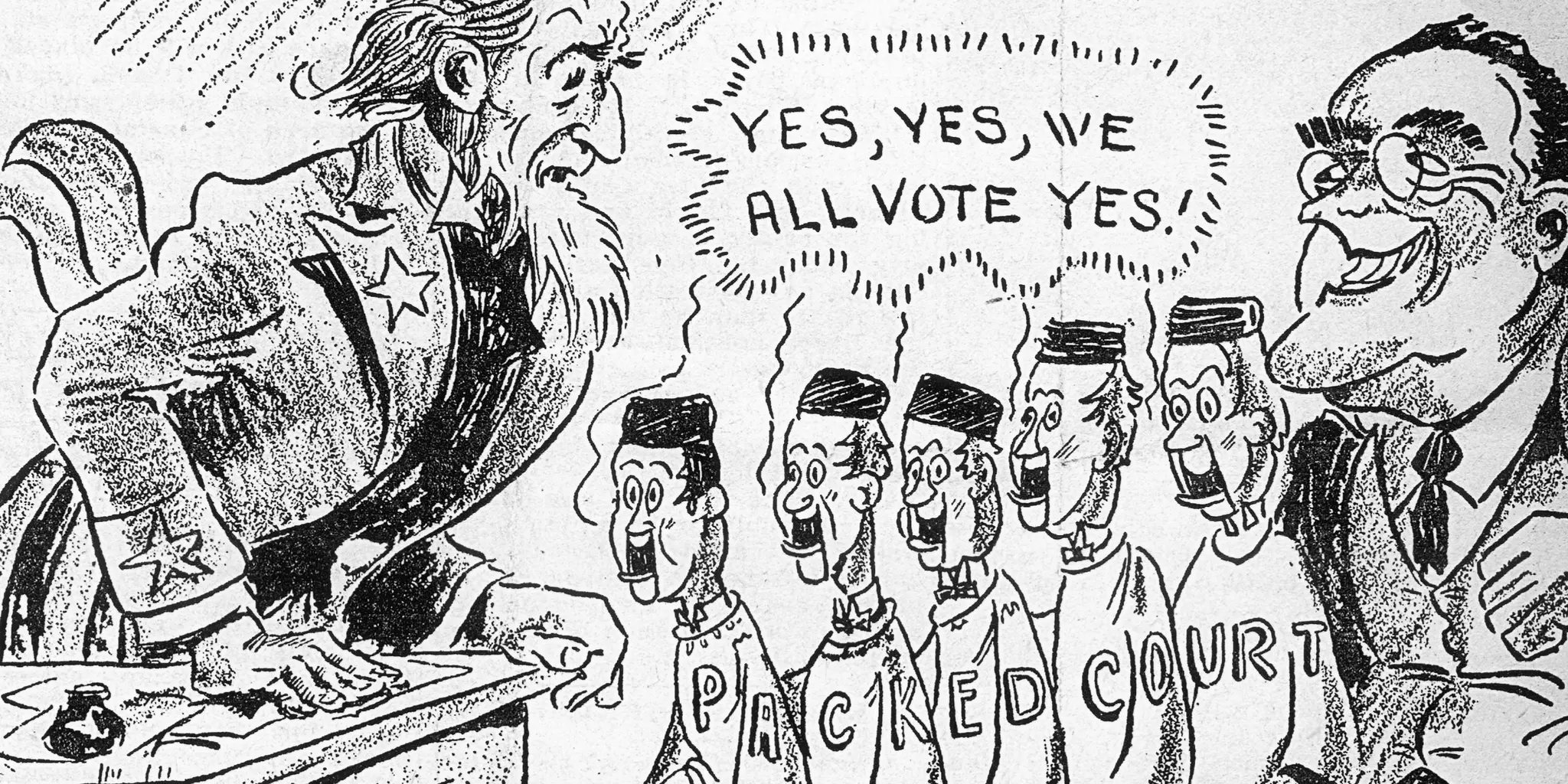History.com/Getty Images
Joe Biden, desperately trying to remain relevant in a stunning political summer that has cast him to the dust bin, is proposing a package of Supreme Court “reforms” he calls “critical for democracy” for an institution that has recently frustrated his legislative initiatives.
First off, 18-year term limits for justices? An ironic proposal for a 36-year senator who has neglected to offer the same for House and Senate members. There’s a constitutional issue here since all federal judges have lifetime appointments. A binding code of ethics is also part of the package, however the Court routinely ignores a similar code imposed on lower courts, calling it unconstitutional.
Limits on presidential immunity round out the trio of reforms. Wonder at whom that one is aimed?
Biden has not always been a stickler for the Court’s role as “critical for democracy.” In 1992, with a presidential election on the horizon, Biden, as Chairman of the Senate Judiciary Committee, invented the “Biden Rule” to persuade then-President George Bush to forego offering a nomination for any SCOTUS vacancy, should one occur in an election year. Better to have the new president make the selection. There wasn’t an opening to fill that year, but Biden was comfortable upending 200 years of presidential responsibility in filling Supreme Court vacancies if there was a chance a newly-elected Democrat might make the pick.

Fast forward to 2016, and the sudden death of Justice Antonin Scalia, with Barack Obama in the White House and Biden as vice-president. Biden forgot his rule and urged the Senate to approve Obama’s selection of Merrick Garland for the post. But Senate Majority Leader Mitch McConnell resurrected the Biden Rule, and Garland’s nomination went nowhere. Garland, though, eventually found himself head of the Department of (In)Justice.
Biden’s beef with the Court stems from recent legislative and executive order setbacks:
• The overturn of Roe v Wade;
• Re-defining presidential immunity;
• Limits placed on federal regulatory power;
In addition, Biden’s blatant disregard for SCOTUS’s ban on forgiving federal student loan debts makes one wonder how “critical” he feels the Court is to our democracy.
Draped in whatever constitutional concern Biden pretends to have, this is all about politics, and a last hurrah for a demented old man who sees his final days in Washington accomplishing no more than yelling at kids to get off the White House lawn.

It was also all about politics with Franklin Roosevelt, who pursued a similar quest armed with a landslide re-election victory in 1936 against our own Governor Alf Landon, and sweeping into the House and Senate 80% majorities of Democrats.

The conservative Court had recently overturned several New Deal initiatives such as the National Recovery Act, which proposed an industrial policy for the country; the Agricultural Adjustment Act which offered subsidies to Depression-era farmers; and minimum wage programs.
Roosevelt’s Judicial Procedures Reform Bill of 1937 was proposed shortly after his second inaugural. In it, Roosevelt would be allowed to nominate one justice for every incumbent on the Court who reached the age of 70, but refused to retire. In the makeup of the Court at the time, dubbed “The Nine Old Men,” FDR would accumulate six more seats, presumably more amenable to his legislative program. Opposition began with conservative news editors nationwide (yes, they had those back in those days), but Democrats were surprisingly against the plan also. Even FDR’s vice-president, John Nance Garner, came out against it. (Garner also rejected his boss’ run for a third term four years later and ran against him at the 1940 Democrat Convention.)
With momentum stalled, two fortuitous events occurred within months of each other that both saved the Court and the New Deal.
First, swing vote Justice Owen Roberts began following the lead of Chief Justice Charles Evans Hughes in supporting administration arguments in deliberations. Roberts’ change-of-heart is often referred to as “The Switch in Time That Saved Nine,” and reduced the antagonism between the two branches. Then, later in the year, conservative Justice Willis Van Daventer retired, and the Court’s “threat” to the New Deal retired with him.
Maybe Biden’s “reforms” will be saved by another Roberts – Chief Justice John – not a reliable partner in his Court’s conservative majority, if the Court someday gets to sit in judgement on itself.

David Hicks – Special to the Kansas Informer
David Hicks writes on politics, history and baseball for the Kansas Informer.




